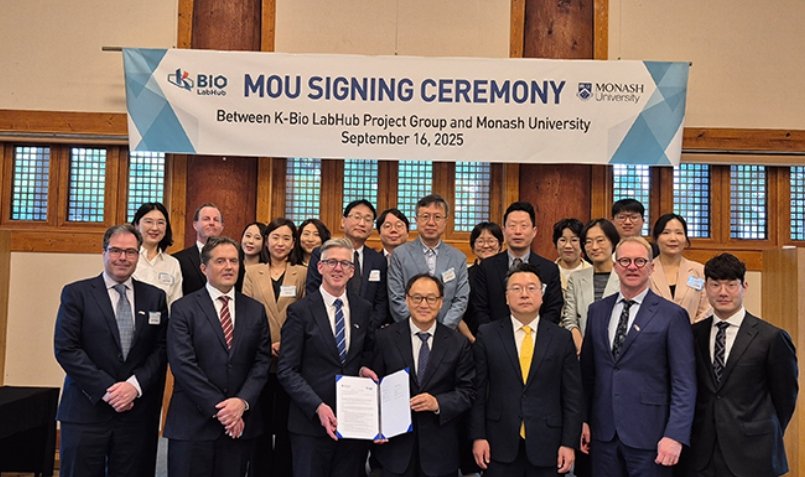
Dr Seth Sadis senior manager - medical sciences informatics, Life Technologies, Thermo Fisher Scientific
Cancer is a leading cause of death worldwide, accounting for 8.2 million deaths in 2012, with more than half of all cancer deaths occurring in South-East Asia and Western Pacific regions (1). The most common cancers worldwide include breast cancer, prostate cancer, lung cancer, and colorectal cancer (in descending order). However, the deadliest cancers include lung cancer, liver cancer, stomach cancer, colorectal cancer and breast cancer (1). Currently, there are more than 500 drugs in clinical development for these deadly cancer types (2). Lung cancer is the leading cause of cancer death worldwide accounting for nearly 20 percent of all cancer deaths (3). Currently, there are approximately 250 drugs in development for non-small cell lung cancer, the most common subtype of lung cancer. Because cancer is a complex, heterogeneous disease, the effective treatment of cancer requires an understanding of the genetic abnormalities that give rise to cancer.
Single gene versus multiplex analysis
An increasing number of new and highly effective treatments for cancer are being developed that are matched to specific genetic alterations in the tumor. Currently, pharmaceutical companies must develop standardized tests for each of these specific genetic alterations. The development and validation of single gene tests adds significantly to the cost and timeline of clinical drug development. A similar scenario plays out in the medical center. In pathology labs, lung cancer tumor specimens are first analyzed for mutations in the gene for epidermal growth factor receptor (EGFR) using a polymerase chain reaction (PCR) or Sanger sequencing test. If the case is negative for EGFR, it is then reflexed to a different test for chromosomal translocation of the anaplastic lymphoma kinase (ALK) gene.
Analysis for ALK is typically done by fluorescent in situ hybridization. If the case is negative for both EGFR and ALK, then other analyses may be conducted, such as copy number gain of EGFR or MET (MET proto-oncogene, receptor tyrosine kinase), requiring yet another technology testing platform. Sequential testing of tumor samples is an expensive, time-consuming process and does not always yield the necessary information before the tumor specimen is exhausted. A multiplex test is needed that can simultaneously interrogate many different relevant alterations in a single small specimen of tumor tissue.
Introduction of Ion Torrent next generation sequencing with Ion AmpliSeq technology
Ion Torrent semiconductor sequencing is a method of DNA sequencing that is based on the detection of hydrogen ions that are released during the polymerization of DNA. It does not require any modified nucleotides or special optical detection methods, enabling faster sequencing runs and time to result. Coupled with Ion Torrent semiconductor sequencing, Ion AmpliSeq technology transforms genetic research by delivering ultrahigh-multiplex PCR with low DNA input requirements. With the ability to multiplex hundreds or even thousands of PCR primer pairs in one tube, researchers are no longer limited to sequencing just a few genes, but can quickly and easily analyze hundreds of gene targets. The breakthrough requirement of only 10 ng of input DNA per reaction enables researchers to analyze highly challenging DNA samples, like those derived from FFPE tissues, previously not amenable to sequencing due to limited amounts of available DNA. Price, speed, and simplicity make this platform a good fit for cancer variant analysis.
Targeted sequencing approaches are a good fit for research toward development of cancer diagnostics.
Although many academic medical centers have employed whole genome, exome, and transcriptome sequencing approaches to characterize tumor genomes, these efforts are not financially sustainable and the vast information that is produced is typically used for basic research. Instead targeted sequencing approaches are capable of capturing the majority of the relevant alterations and can be done for lower cost with shorter timelines.
Leveraging the understanding of the variants within the cancer genome
A comprehensive somatic mutation profile of the tumor genome from many cancer types is now emerging. Cancer researchers estimate there are approximately 100-200 "drivers" in the cancer genome (4,5). This knowledge provides an opportunity to target sequencing to those genes that are directly implicated in cancer disease progression. Perhaps best understood are the genes that harbor single-nucleotide variants as well as short insertions and deletions. Together, these alterations typically are referred to as mutations. However, the tumor genome also contains changes in gene copy number and chromosomal translocations that are important cancer drivers. Fortunately, next-generation sequencing approaches are capable of detecting all of these types of somatic alterations.
Oncomine Cancer Research Panel
The Oncomine Cancer Research Panel was developed in response to the needs of pharmaceutical companies, academic and government institutions. These groups collectively concluded that the time was ripe for a universal oncology biomarker assay panel to be used in retrospective testing of clinical trial samples and as a research panel to better understand the somatic alterations occurring in cancer. We responded to this need by designing a panel that enables detection of relevant single nucleotide variants, short insertions and deletions, copy number variants, and gene fusions from 143 unique genes to inform clinical research programs.
• Pharmaceutical companies will have a more efficient path to bring new genetically labeled drugs to market in the future by utilizing a standardized panel that will scale with them from research use only (RUO) to investigational use only (IUO) to in vitro diagnostics (IVD).
• Contract research laboratories will be enabled with service offerings to meet the needs of pharmaceutical companies.
• Government standardization trials will be able to use a single panel to support their research. By using a panel adopted by pharmaceutical companies, they may be well-positioned to engage with pharmaceutical companies in future trials.
In the future these types of tests could be utilized in routine diagnostics.




